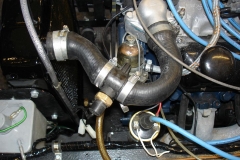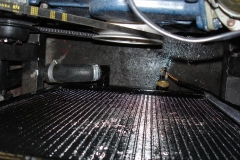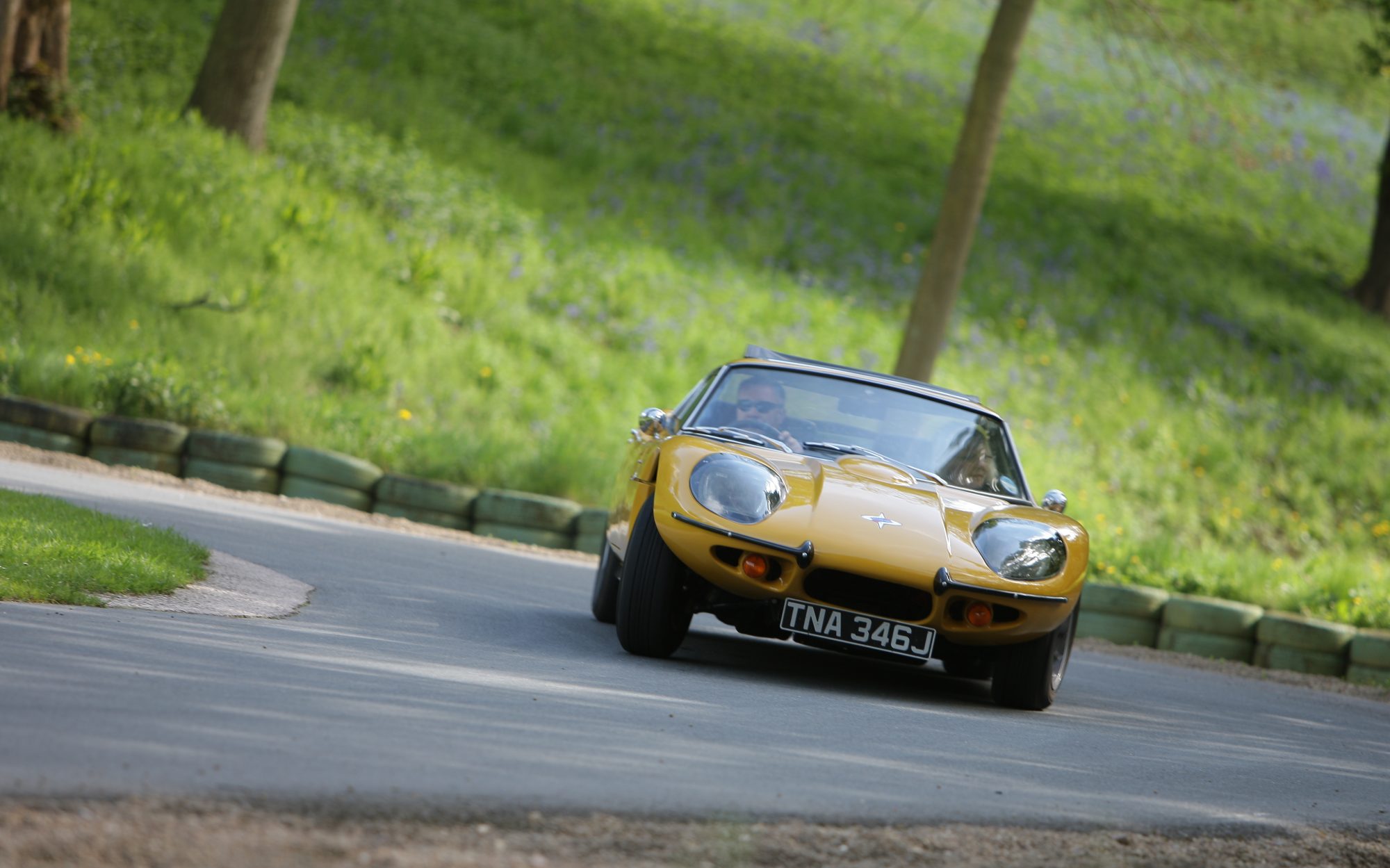I’ve not achieved much in the last month as I’ve been busy at work, but the majority of my time on the Marcos has been spent fixing faults with items that I have previously worked on. This means it might look the same but mechanically it now has less faults. The majority of my time has been spent working on the engine. I managed to buy a set of heads on eBay to replace the cracked one on my car. Before replacing the cracked head I took one of them to my local machine shop to have hardened exhaust valves fitted. Once this was done I took the engine apart to replace the cracked head. While the engine was apart I also took the opportunity to also replace the cam shaft with an up rated item.
Another issue I discovered with the engine was the sensor for the radiator cooling fan was not working correctly. Suspecting the sensor was faulty I bought a replacement but still had the same problem. By using an infrared thermometer I could determine that the radiator and water was getting hot enough but some how the plastic adapter the sensor was mounted in was insulating the switch and preventing it from warming up at the same speed as the water. I confirmed this assumption by removing the radiator cap and lowering the senor directly into the water at the top of the radiator. With the sensor sitting directly in the water the fan worked correctly! This left me with two options, either find a metal adapter for the sensor as this would help conduct the heat from the water to the sensor or mount it directly in the radiator. I decided the cheapest option was to mount it directly into the radiator. Although this was simple and cheap to do it was also a lot of hassle. The radiator had to be removed and a threaded nut soldered into the bottom of the radiator. Once this had been completed the radiator needed to be painted again. One of the photo’s below show the sensor mounted into the bottom of the radiator and the other one show the sensor mounted in the plastic adapter.


After making these changes the electric fan now seems to operate correctly e.g. the fan comes on before the water starts to boil! All I need to do now is fit a new top radiator hose so I can remove the old adapter from the car.
The other electrical items I’ve fixed are the dynamo control box and the Rev counter. The dynamo control box was the simplest as all I did was by a new one and fit it to the car. The rev counter was a little bit more difficult. As I’ve mentioned early in my blog the Rev counter fitted to the Marcos does not work with electronic ignition. The simplest solution is to buy a later RVC smiths tacho and run and extra wire to the coil. The only issue with doing this is that the gauge will no longer look original. My solution to this was to use the internals of a later RVC rev counter but fit the dial and needle from my original tacho so everything looks original. If anyone wants more information about this, email me but you will find a useful document about tacho conversions in the download section of my web site.






